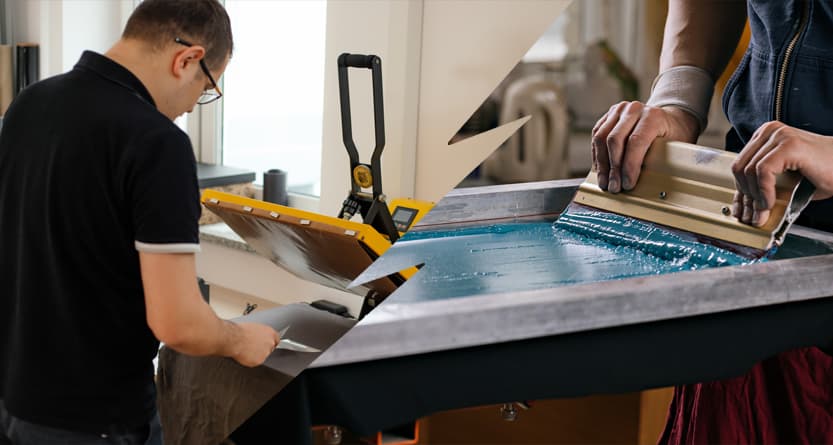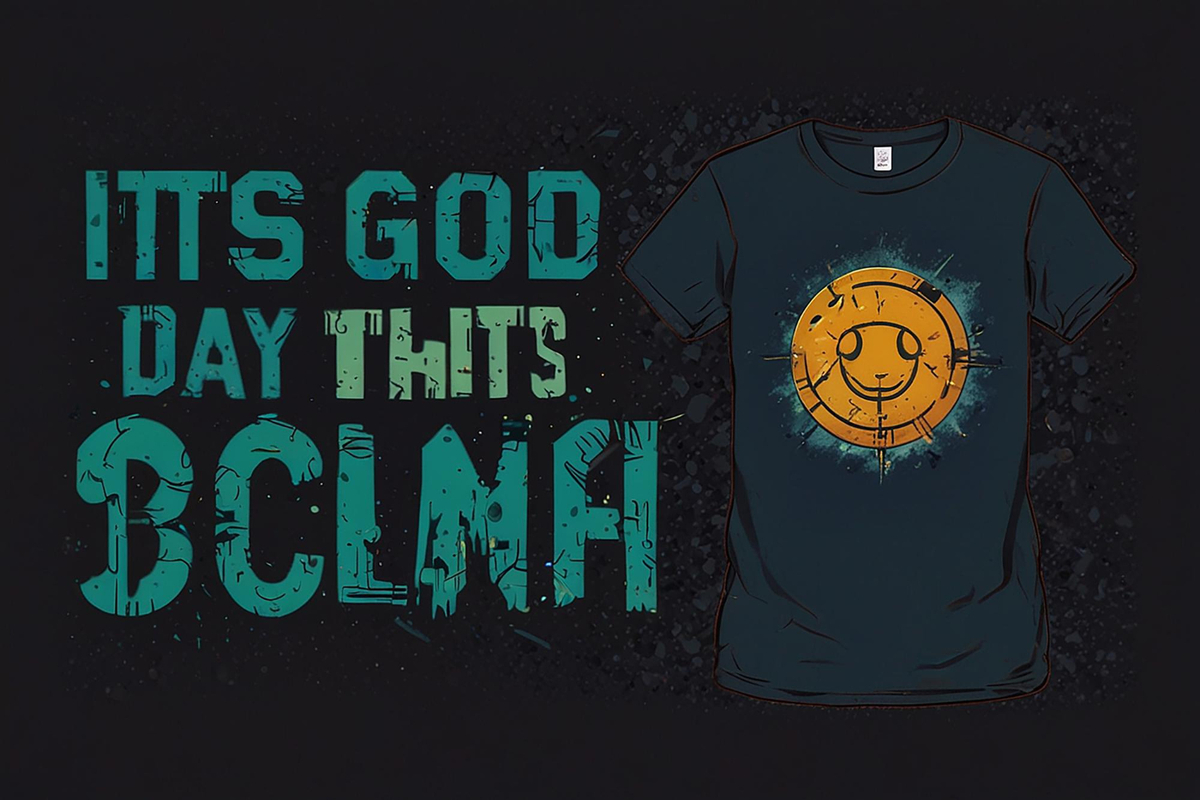When it comes to customizing apparel and merchandise, the debate between Religious Transfers and Screen Printing is a hot topic among enthusiasts and professionals alike. Both methods offer unique advantages and challenges, making it essential to understand their differences to determine which is best suited for your specific needs. In this article, we will delve into the intricacies of these two popular techniques, exploring their applications, durability, and overall effectiveness in conveying religious messages and designs.
As we navigate through the comparison of Religious Transfers and Screen Printing, you will discover the key factors that influence the choice between these two methods. We will examine aspects such as cost-effectiveness, design complexity, and the types of materials best suited for each technique. Additionally, we will highlight real-world examples and case studies that illustrate the strengths and weaknesses of both approaches, providing you with a comprehensive understanding of their practical applications.
Whether you are a business owner looking to create custom religious apparel or an individual seeking to express your faith through personalized designs, this article will equip you with the knowledge needed to make an informed decision. Join us as we explore the world of Religious Transfers and Screen Printing, and uncover which method truly stands out as the best choice for your creative endeavors. Read on to find out more!
When it comes to customizing apparel and merchandise, two popular methods stand out: religious transfers and screen printing. Each technique has its unique advantages and disadvantages, making it essential to understand their differences to choose the best option for your needs.
Advantages of Religious Transfers
Religious transfers, also known as heat transfers, offer several benefits that make them an attractive choice for many. One of the primary advantages is the ability to produce vibrant and detailed designs. This method allows for full-color images and intricate patterns that can be transferred onto various fabrics. Additionally, religious transfers are relatively easy to apply, requiring only a heat press and the transfer material.
Another significant benefit is the versatility of religious transfers. They can be used on a wide range of materials, including cotton, polyester, and blends. This flexibility makes them suitable for various applications, from t-shirts to bags and even home textiles. Furthermore, religious transfers can be produced in small quantities, making them ideal for custom orders or limited edition items.
Benefits of Screen Printing
Screen printing is a time-tested method known for its durability and cost-effectiveness, especially for large orders. One of the main advantages of screen printing is its ability to produce long-lasting designs that can withstand multiple washes without fading. This durability makes it a preferred choice for businesses looking to create promotional apparel that will last.
Moreover, screen printing allows for a wide range of ink types, including specialty inks like metallic or glow-in-the-dark. This variety enables businesses to create unique and eye-catching designs that stand out. Additionally, screen printing can be more economical for bulk orders, as the setup costs are spread across a larger number of items, reducing the overall price per unit.
Cost Comparison: Religious Transfers vs. Screen Printing
When considering the cost of religious transfers and screen printing, several factors come into play. Religious transfers typically have lower initial costs, making them an excellent option for small runs or one-off designs. However, as the quantity increases, the cost per item can rise significantly due to the price of transfer materials.
On the other hand, screen printing has higher upfront costs due to the setup process, including creating screens for each color in the design. However, once the initial investment is made, the cost per item decreases with larger orders, making it a more economical choice for bulk production. Understanding your specific needs and order size is crucial in determining which method offers the best value.
Design Flexibility and Limitations
Design flexibility is another critical factor when comparing religious transfers and screen printing. Religious transfers excel in producing complex, full-color images with gradients and fine details. This capability allows for creative freedom, making it easier to replicate intricate designs or photographs.
In contrast, screen printing is often limited by the number of colors that can be used in a single design, as each color requires a separate screen. While this method can produce bold and vibrant colors, it may not be suitable for designs that require subtle color transitions or intricate details. Therefore, the choice between the two methods may depend on the complexity of the design you wish to create.
Application Process: Ease and Efficiency
The application process for religious transfers is generally straightforward, requiring minimal equipment. Once the design is printed onto the transfer material, it can be applied to the garment using a heat press. This simplicity makes it an excellent choice for small businesses or individuals looking to create custom items without investing in extensive equipment.
Screen printing, however, involves a more complex setup process. Each color in the design requires a separate screen, and the printing process can be time-consuming, especially for multi-color designs. While screen printing can be efficient for large orders, it may not be the best option for smaller runs due to the time and labor involved in setup and execution.
Environmental Impact and Sustainability
As consumers become more environmentally conscious, the sustainability of printing methods is an important consideration. Religious transfers often use less ink and produce less waste compared to screen printing, making them a more eco-friendly option for small runs. Additionally, many transfer materials are now available in sustainable options, further reducing their environmental footprint.
Screen printing, while durable, can involve the use of harmful chemicals in inks and cleaning solutions. However, many screen printing companies are now adopting eco-friendly practices, such as using water-based inks and recycling materials. When choosing between
| Criteria | Religious Transfers | Screen Printing |
|---|---|---|
| Definition | A method of applying designs or images onto fabric using heat and pressure. | A traditional printing technique that uses a mesh screen to transfer ink onto a substrate. |
| Cost | Generally lower initial costs for small runs, but can become expensive for larger quantities. | Higher setup costs, but more cost-effective for large production runs. |
| Quality | High-quality images with vibrant colors, especially for detailed designs. | Durable prints with good color saturation, but may not capture fine details as well as transfers. |
| Durability | Can be less durable than screen printing, especially if not applied correctly. | Highly durable and resistant to fading, cracking, and peeling. |
| Design Complexity | Ideal for complex and colorful designs, including photographs. | Best suited for simpler designs with fewer colors due to the layering process. |
| Production Speed | Faster for small batches, as each transfer can be applied quickly. | Slower for small runs due to setup time, but efficient for large orders. |
| Environmental Impact | Can use less ink and fewer chemicals, depending on the transfer method. | May involve more waste and chemicals, but eco-friendly inks are available. |



